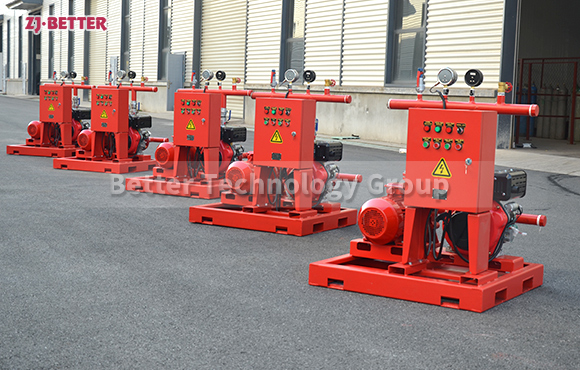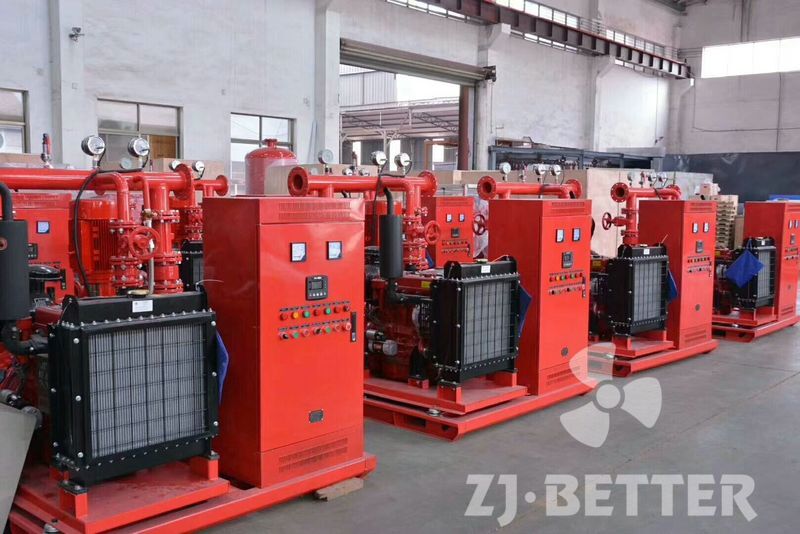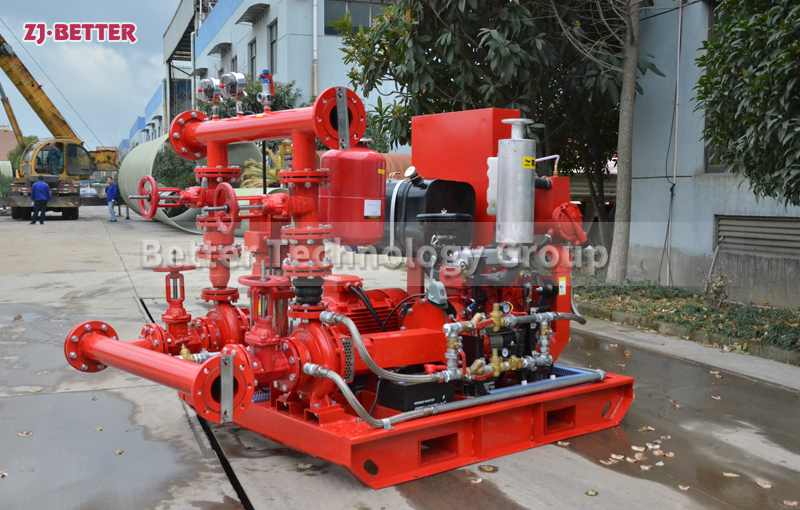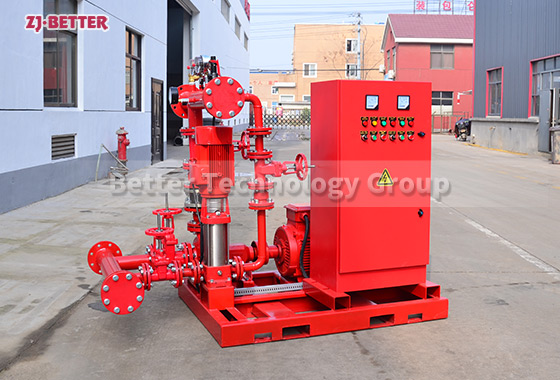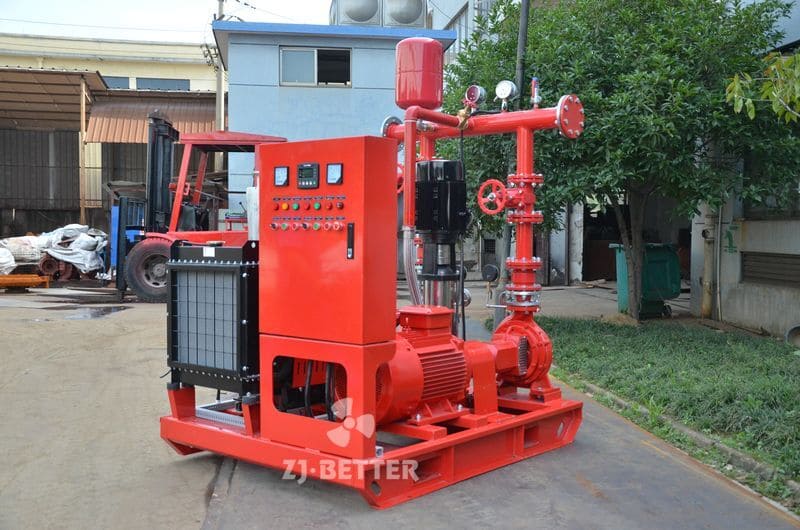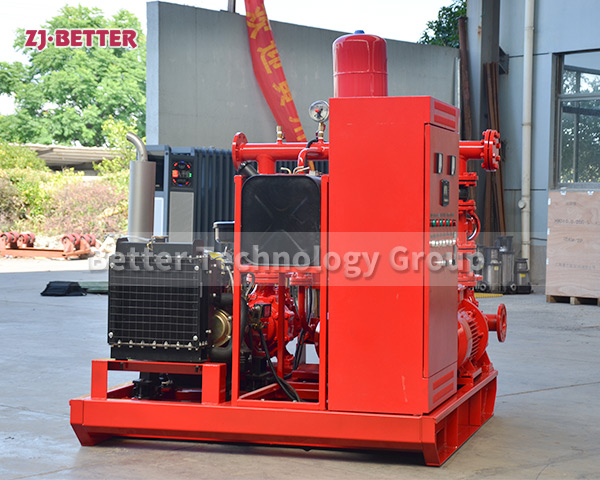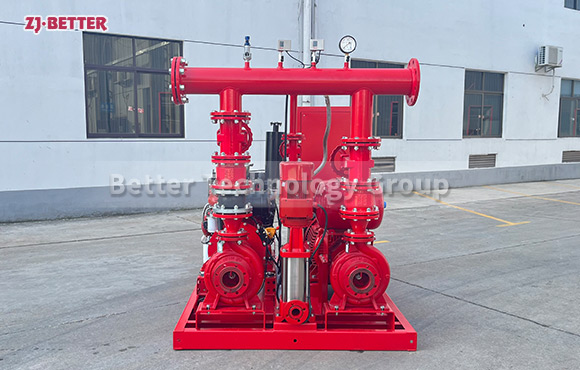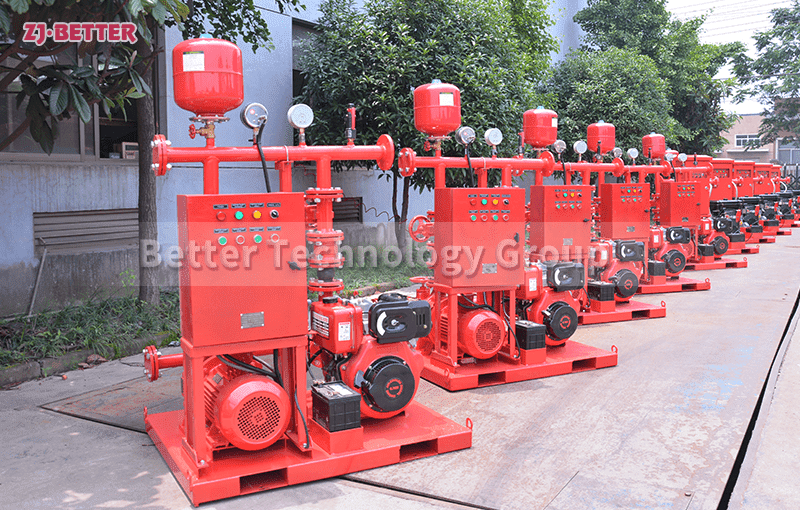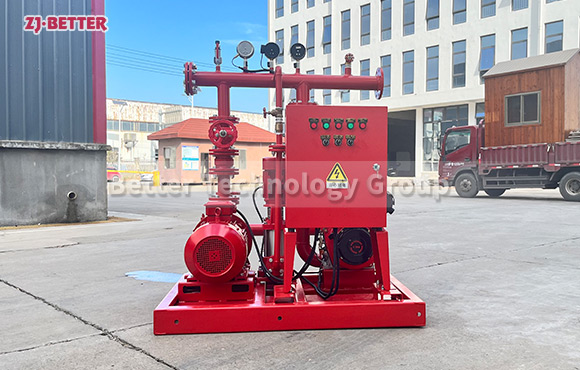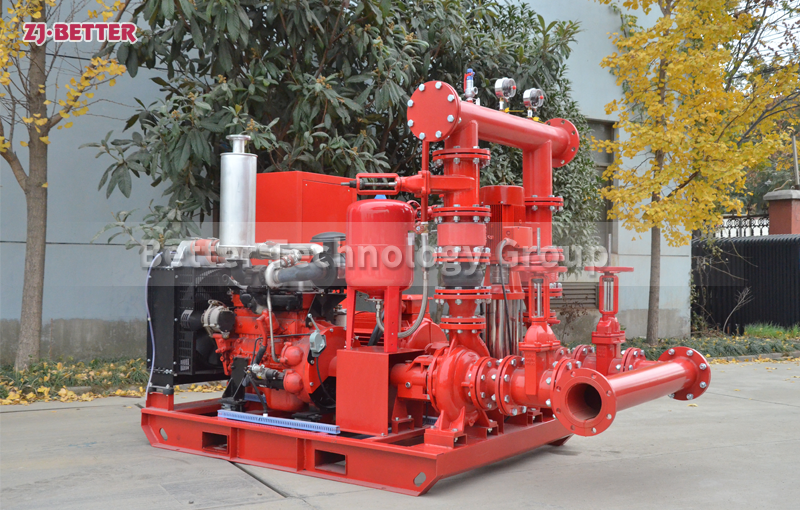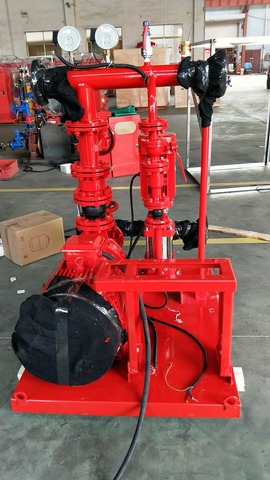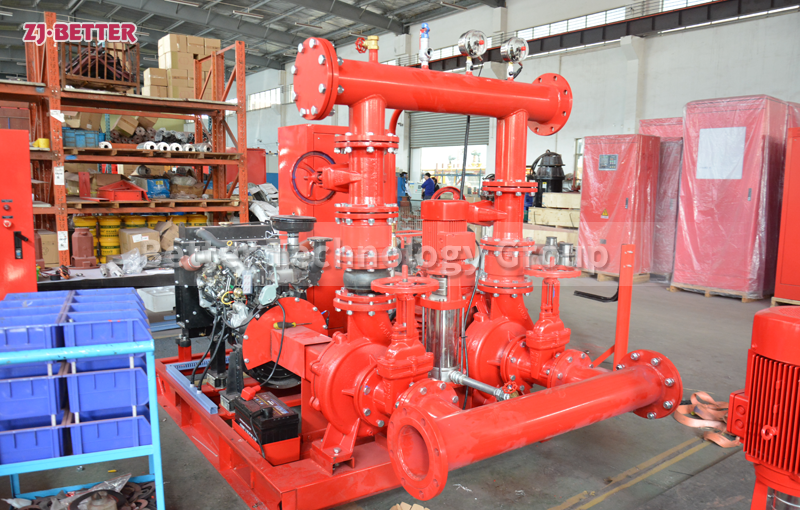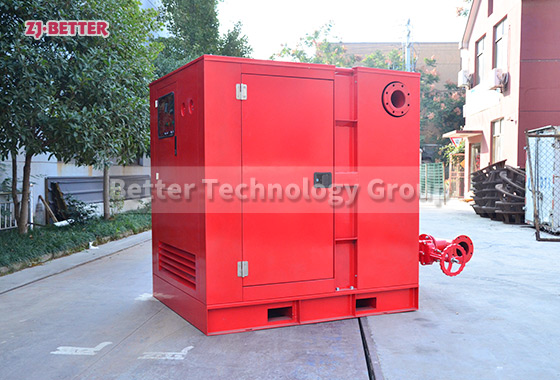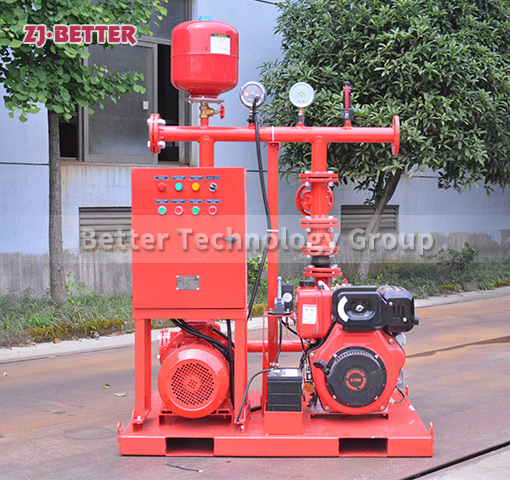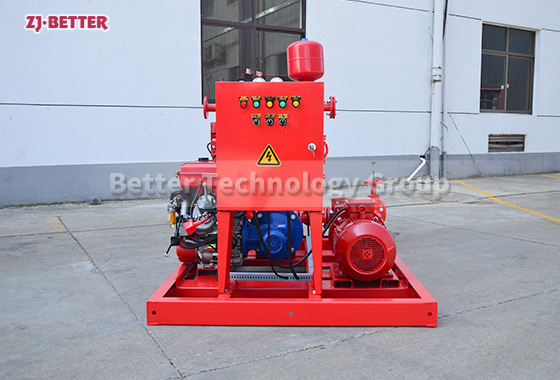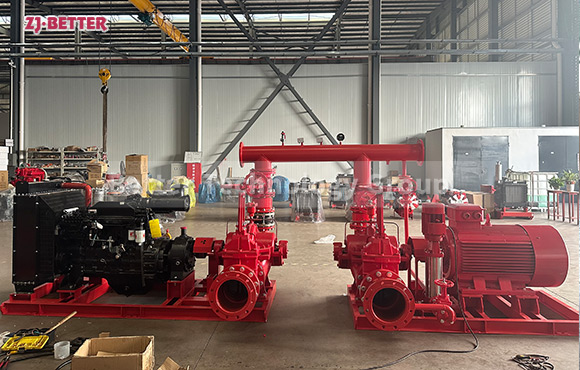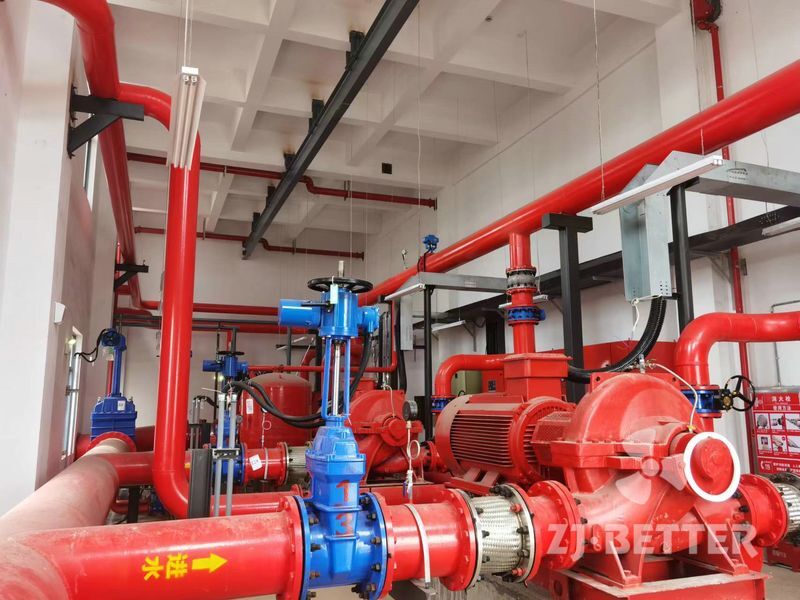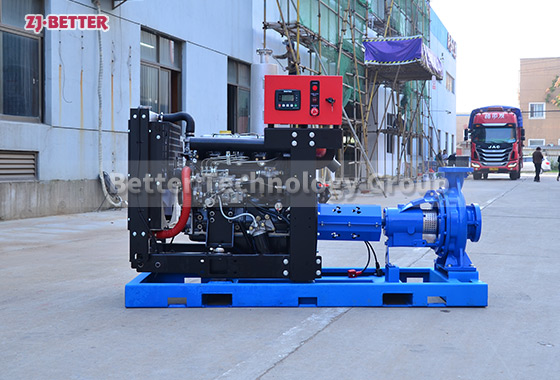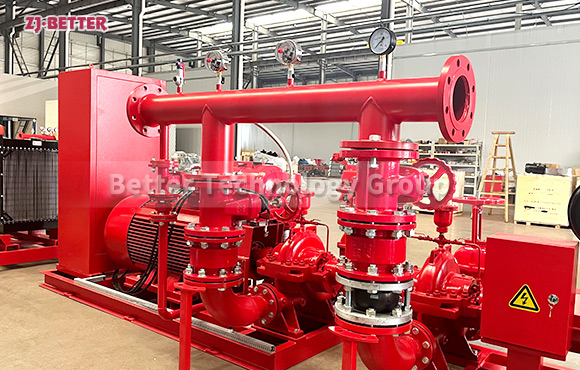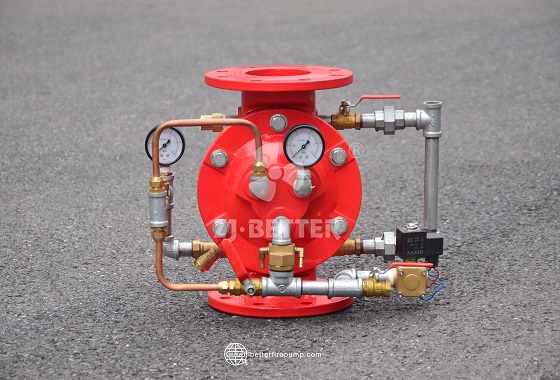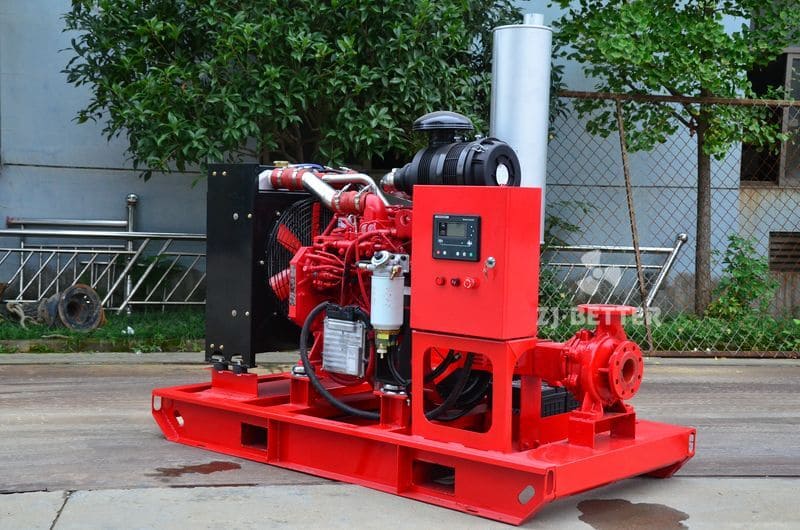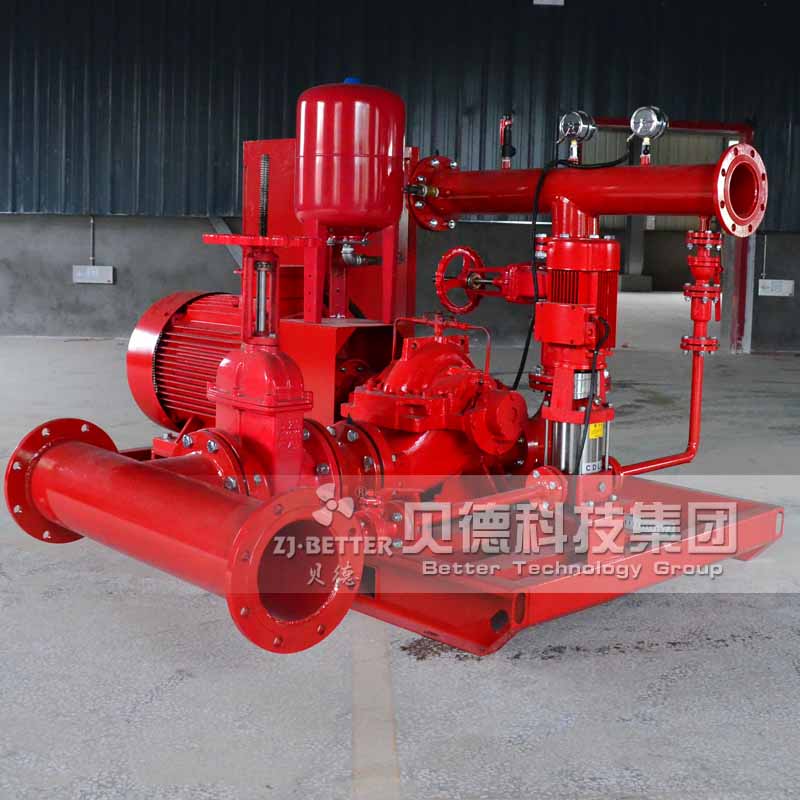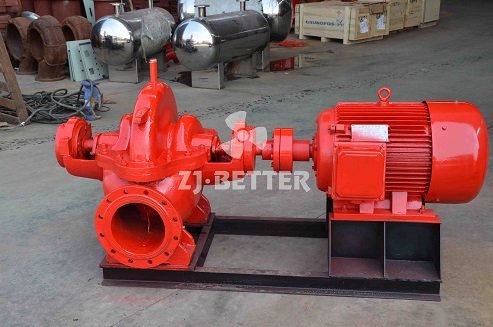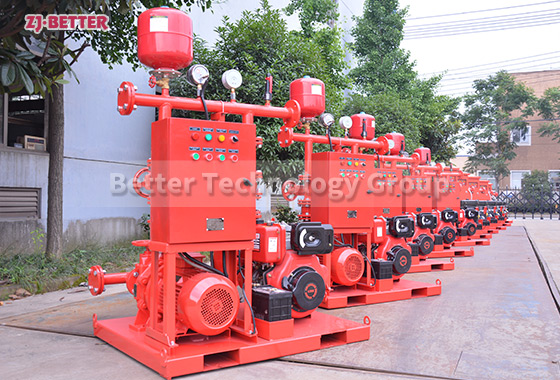Elevate Fire Protection with 50GPM ED Fire Pump Systems
Flow: 30-9000GPM
Head: 3-20Bar
Speed: 740-2900r/min
Frequency: 50 HZ or 60 HZ
The ED Fire Pump Set combines electric and diesel engine pumps to ensure uninterrupted fire protection and a reliable water supply.
In various fields, our products find applications in large hotels, hospitals, schools, office buildings, supermarkets, commercial residences, subway stations, train stations, airports, various transportation tunnels, petrochemical plants, thermal power plants,oil storage tanks, large warehouses, industrial and mining enterprises, seawater injection, etc.
Types of pumps used for fire service include: End Suction Pump, Split Case Pump, Vertical Inline Pump and Vertical Turbine Pump.
1. Electric motor driven pump, can use single stage pump, horizontal split case pump, end suction pump,multistage pump.
2.Diesel engine pump, with capacity and head equal to electric pump, with fuel tank, water tank, fan,control box.
3. Control panel: Auto Control of electric pump, diesel engine pump and Jockey Pump with overload, over current protection.
Ensure continuous fire protection with the ED Dual-Power Fire Pump System. Combining the reliability of electric and diesel engine pumps, this innovative system guarantees uninterrupted water supply for enhanced safety in critical fire scenarios.

